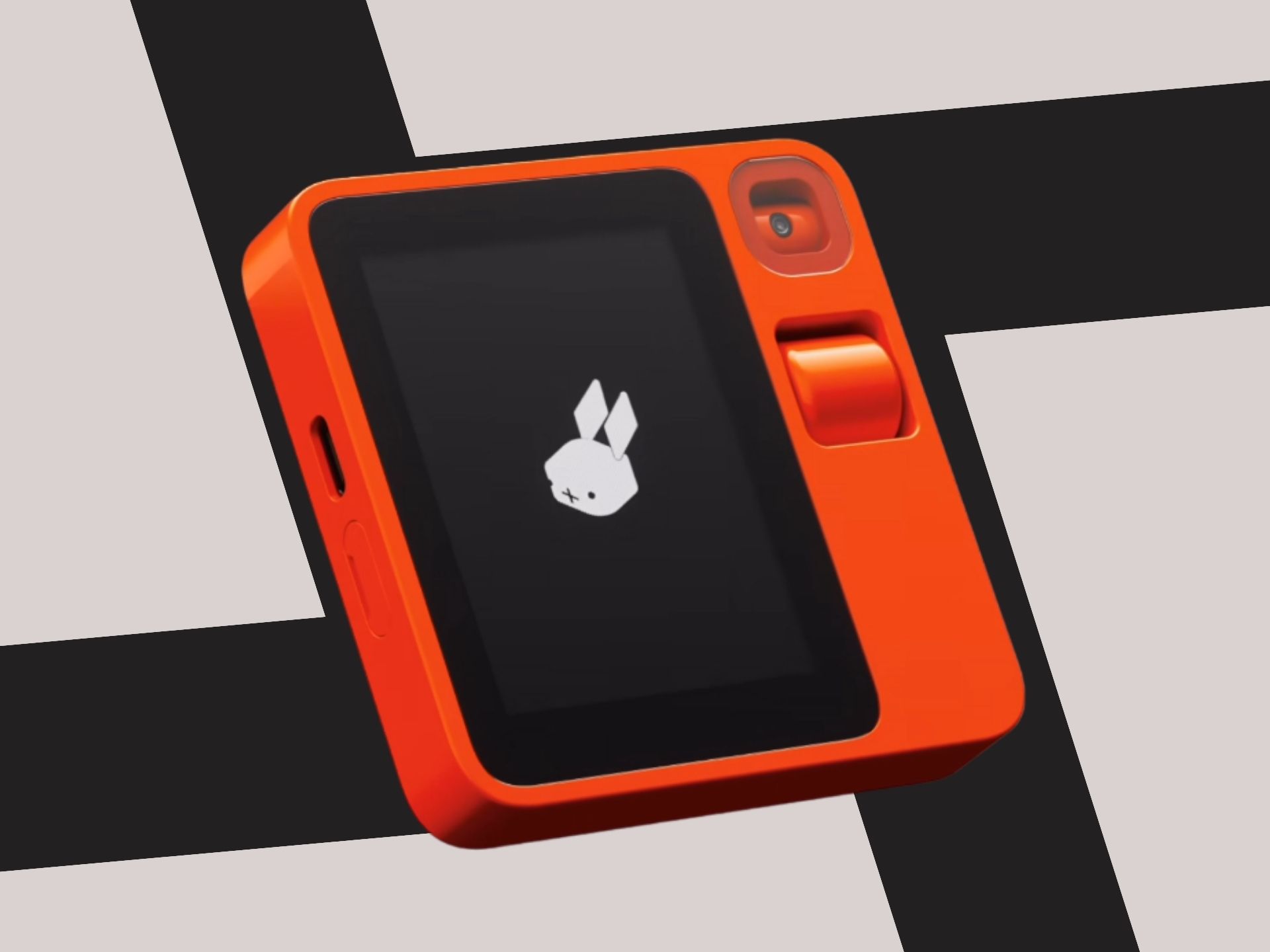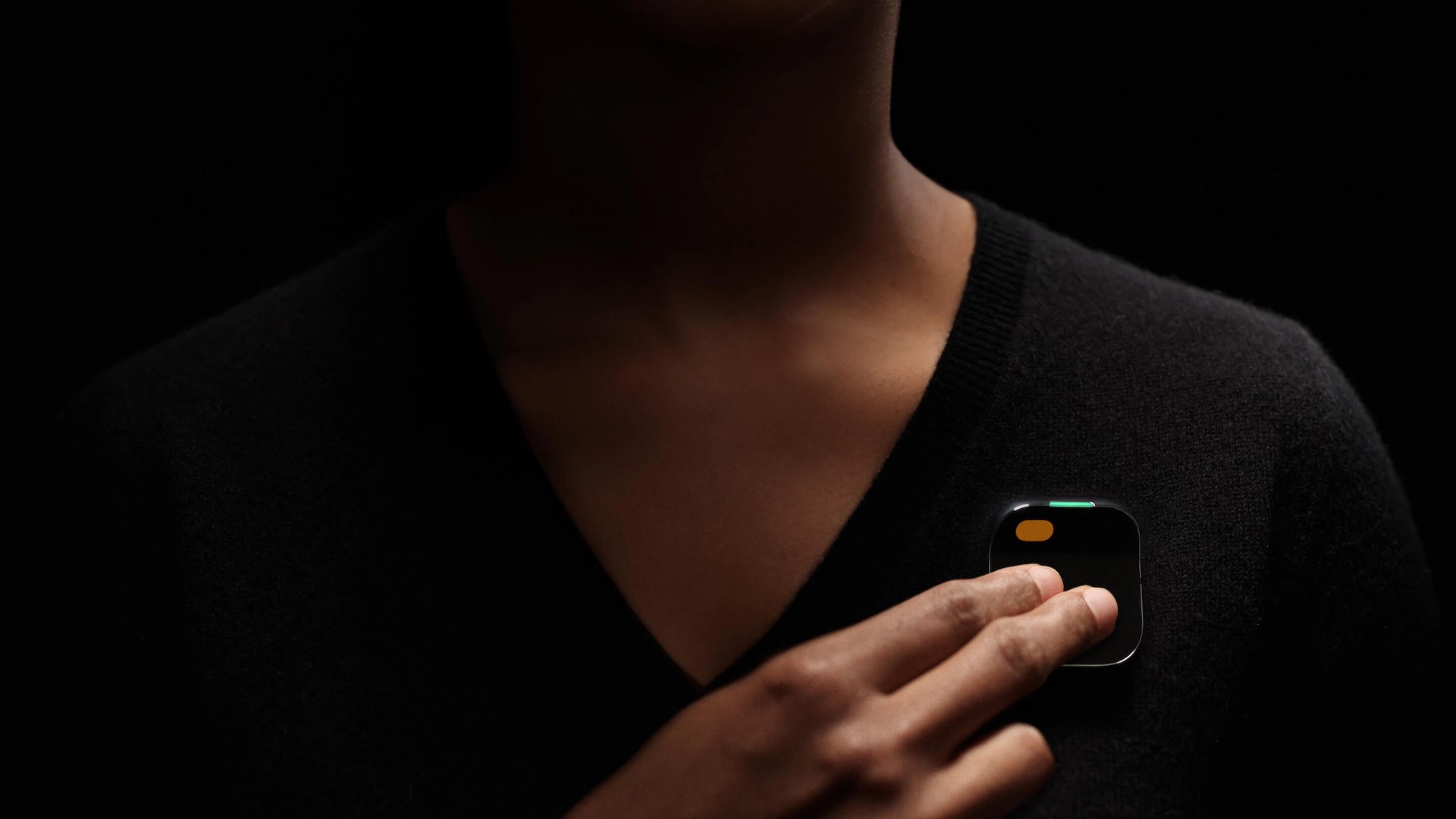The Lamen

The AI-powered Rabbit R1 wants to save you from your phone
Enthusiast-grade technology like the Rabbit R1 isn’t good enough to replace smartphones, but it can get you some time off scrolling.
Image: Rabbit, Edited by The Lamen
Owning a smartphone gave us access to a global limitless of information. The technology has become seemingly omnipresent, customized to an almost infinite number of needs, and becoming an extension of the self.
Wired referred to the iPhone as “not just the best-selling gadget ever created: It’s probably the most influential one too.” After an extraordinarily strong run, however, smartphones are approaching the point of saturation. Continually declining sales indicate how people aren’t replacing their devices as often anymore, be it due to consumer sentiment or stagnating innovation.
Just a couple years ago, the smartphone of tomorrow seemed to be something thinner, brighter, and perhaps one with a fold to satisfy the craving for bigger screens that still fit into the pocket. There’s been the hankering of an Apple Watch replacing our (barely) pocket-sized companion, but all we’ve had so far is an extension of your phone that at best reads your health metrics while you sleep.
The Silicon Valley is understandably fluttering for the next big thing. Meta chief executive Mark Zuckerberg thinks that it might have something to do with virtual and augmented reality. The company’s recently released AI-powered smart glasses are a preview of what the more unintrusive gateway to the metaverse might be like. Above all, it’s a testament to how far artificial intelligence has come since we first cared about it.
Startups that promise AI-powered virtual assistants to make most smartphone things obsolete are emerging. But what if a new technology isn’t the fix to smartphone separation anxiety?
The Rabbit R1 is like a voice assistant that does much more than just voice assistant things.
This year’s CES heartthrob, the Rabbit R1, attempts to wean you off your smartphone but never gets ambitious enough to proclaim that it’s a replacement. It answers the need of people looking to get off, as a story from The Economist describes, “the best excuse yet devised for procrastination.” The R1 makes the technology more personal — it’s conversational, understands context, and patronizes a move away from the traditional screen-centric interaction.
The R1 looks like a bizarro video-game version of a walkie-talkie that bears a glaring resemblance to a Pokédex. It comes with a 2.88-inch touchscreen, a rotating camera, and a scroll wheel plus a button to navigate through the UI or call upon the device’s built-in assistant. It has a 2.3 GHz Mediatek processor, 4GB of memory, 128GB of storage, and a 4G LTE SIM card slot. Specs, however, are the least interesting aspect of the standalone AI-powered gadget.
Rabbit’s operating system, called Rabbit OS, runs on a Large Action Model (LAM) that, according to its CEO Jesse Lyu, “generates actions on behalf of users to help us get things done.” It’s similar to Alexa or Google Assistant in functionality — it can send messages, control your music, take notes, and order stuff online. The R1 is like a voice assistant that does much more than just voice assistant things.
Populated with what the company calls “rabbits,” the device mimics how humans would use an application — and does that for you through spoken commands. Everything is managed via a web portal called “Rabbit Hole” where you log in to the services you want the device to use. It could, for instance, plan an entire trip: Search through flights and hotels, book a rental, and even create a travel itinerary, allowing the use of multiple apps through a single command like “plan a trip to X.”
Their AI has been trained to mimic how we might use an app, which Lyu compares to passing off your phone to your personal assistant to carry out menial tasks. Rabbit’s Large Action Model also comes with a dedicated training mode that allows you to train your own “rabbits.” Lyu demonstrates the feature by teaching the device to use an online image generator, a process that the R1 subsequently performs through spoken prompts.

Humane’s Ai Pin offered many features found in the R1, but at a significantly higher price. Image: Humane
The San Francisco-based startup Human proposed a similar offering — a square-ish lapel pin with no screens or apps, just an AI virtual assistant that could make calls, answer queries, and summarize your email and messaging inbox. However, its $699 price tag (plus a $24-a-month subscription) made you rightly ask a simple question: Your phone already does all that and then some, so what’s the point?
Nothing anyone has invented so far comes close to replacing the smartphone — not even the R1.
Samsung’s recently unveiled S24 series will come with a bunch of AI-enabled features like on-the-fly call transcription, real-time translation, and a photo-editing feature similar to Google’s Magic Eraser. Similar AI-capable smartphones are expected to make up 45 percent of the smartphone market by 2027 — which in a more economical sense makes something like the Rabbit R1 obsolete.
A similar analogy would be to find sense in purchasing a regular watch at a time when you can get a wrist-sized personal computer. The booming luxury watch market, however, exhibits how the thumb-and-screen interaction can make certain things obsolete, but the passion remains burning.
Something like the Rabbit R1 is exactly that: an enthusiast-grade technology that, with its rather affordable $199 price tag, makes adoption seem much less of a blow. When it comes to smartphones, going cold turkey would impose a financial or social penalty on most people, but the R1 gives you the choice to give up on scrolling over the mundane.
Nothing anyone has invented so far seems credible enough to replace the smartphone. Any such claim should be taken with a grain of salt — the iPad was billed as the future of computers, and the metaverse promised to revolutionize connectivity, but neither managed to deliver an experience that would make people switch.
However, the hardware breakthrough is just waiting to happen. Improvements in AI will dramatically accelerate the use case for otherwise obsolete technology like smart glasses, and such features could eventually trickle down to smart watches or some other wearables. What companies have to do in the meantime is prepare people for the adoption of a more hands-off experience.